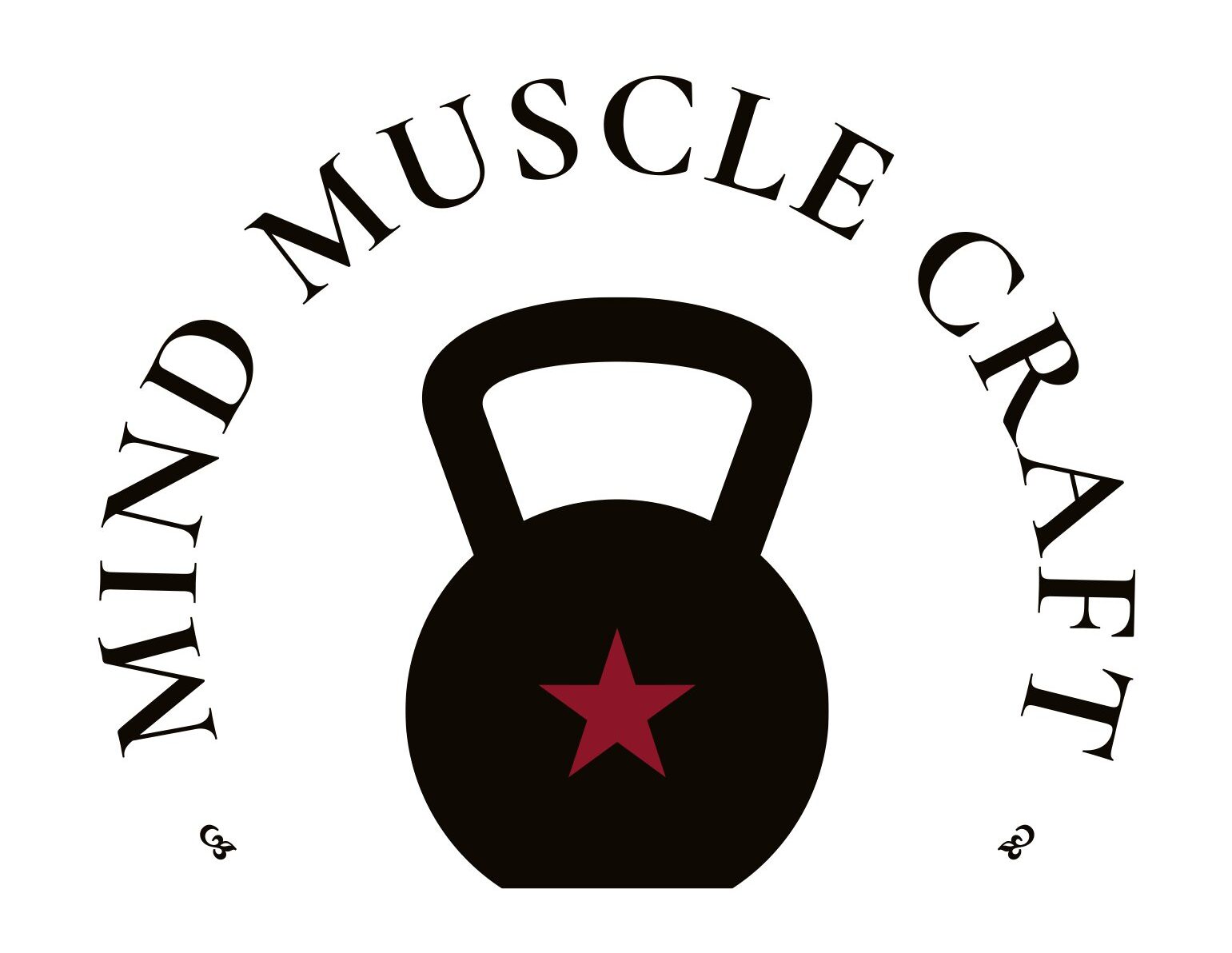Introduction:
In the world of fitness, there’s a prevailing myth that often holds women back from embracing the many benefits of weight training. The fear of becoming too bulky or the misconception that lifting weights is exclusively for men can be significant barriers.
Understanding Density:
Muscle, in its density compared to fat, occupies less space in the body for an equivalent weight or volume. Contrary to the notion that muscle “weighs more than fat,” it contributes to a leaner physique. A pound of muscle takes up less space than a pound of fat, enhancing a toned and sculpted appearance.
Common Myths in Women’s Training:
Myth #1: “I don’t want to get bulky.” Addressing concerns about developing a bulky physique requires explaining the physiological differences between men and women. Women, with lower testosterone levels, are unlikely to build substantial muscle mass without specific, intense training and additional supplements.
What Women Can Expect: Achieving a toned and sculpted appearance through weight training without bulking up. Building lean muscle mass contributes to a defined and athletic physique, boosting metabolism and aiding in weight management.
Myth #2: “Weight training is only for men.” Dispelling the misconception that weight training is exclusive to men is crucial. This myth often stems from media stereotypes and a lack of representation of women in strength-focused activities.
Empowering Women through Strength: Weight training is about embracing strength and empowerment. It improves overall strength, bone density, and resilience, breaking free from societal norms and celebrating the capabilities of the female body.
Addressing Concerns: Tailoring training programs to individual preferences and goals, incorporating cardiovascular exercise, flexibility training, and a balanced nutrition plan.

Additional Myths:
- Myth: Cardio is the Best Way to Lose Weight:
- While cardiovascular exercise is crucial for overall health, relying solely on cardio for weight loss may not be the most effective approach. Incorporating strength training and a balanced diet is equally important.
- Myth: Spot Reduction Works:
- Focusing on specific exercises or body parts for fat loss is a myth. Fat loss occurs gradually throughout the body through a combination of diet and exercise.
- Myth: Women Should Avoid Heavy Weights:
- Women can and should lift heavy weights as part of their training regimen. Heavy lifting helps build strength, boosts metabolism, and contributes to overall fitness.
- Myth: Women Should Stick to Light Weights and High Reps:
- While lighter weights with higher repetitions can be part of a workout routine, it’s essential to incorporate a variety of resistance levels to challenge muscles and promote strength gains.
- Myth: Women Shouldn’t Lift During Pregnancy:
- In many cases, strength training can be safe and beneficial during pregnancy. However, it’s crucial to consult with a healthcare professional and modify the workout routine as needed.
- Myth: Women Need Different Exercises Than Men:
- While there may be some variations based on individual goals and preferences, there is no need for women to follow a completely different set of exercises than men. Fundamental movements and exercises are effective for both genders.
- Myth: Exercise Alone is Enough for Weight Loss:
- While exercise is essential for overall health, weight loss also requires attention to diet and lifestyle factors. A balanced approach that includes both diet and exercise is most effective.
Conclusion:
Dispelling myths about weight training is an essential step toward empowering women to embrace a healthier lifestyle. By understanding the facts and benefits of weight training, women can overcome unfounded fears and unlock their full potential. It’s time to redefine strength, celebrate the unique capabilities of the female body, and inspire a new generation of women to take charge of their fitness journey through the power of weight training.


Recent Comments